A Legendary Hip-Hop Archive Finds a Home in Harlem
And all you’ll need to see it is a library card.

In the 1970s and 1980s, New York City was the epicenter of hip-hop music and culture. Fred “Fab 5 Freddy” Brathwaite, Brooklyn-born director, visual artist, and ambassador for the genre, played a significant role in hip-hop’s transition from an outer-borough sound into a mainstream, global phenomenon. The original host of Yo! MTV Raps, the channel’s highest-rated show at the time, Braithwaite must have known something lasting and important was afoot. He documented and collected ephemera from hip-hop’s earliest days in a variety of formats: VHS recordings of rap music videos and shows, photographs, handwritten notebooks, and much, much more. Recently, the New York Public Library’s Schomburg Center for Research in Black Culture in Harlem has acquired Braithwaite’s multimedia archive in full—to the tune of 120 boxes of material.
“His tentacles were everywhere in that early period [of hip-hop], from the late ’70s through the ’80s,” says Shola Lynch, curator of the Center’s Moving Image & Recorded Sound Division. “What’s amazing about the materials in his collection is that he is reflective of the entire community at that time and had some sense of documenting it … pre-cell phone, pre-social media. These photographs are his personal snapshots … he just happened to be hanging out with everybody from Queen Latifah to P. Diddy to Biggie Smalls.” Braithwaite’s collection also includes audio recordings his father made of live speeches and musical events happening throughout New York City during the time, which suggests that the hip-hop pioneer had a strong sense of how important it was to document the development of the genre and community in real time.

While the archive does contain some documents, such as the original screenplays of cult hip-hop films New Jack City, Juice, and Wild Style, the bulk of his collection is all over the place. “Its a medium-heavy collection,” says Lynch. “Museums love paper, but for the hip-hop generation it wasn’t just about the paper, the notes, the scripts. It was also about the media that was created, and that is super-reflected in this collection.”
The historical significance of Braithwaite’s collection is not to be underestimated. For scholars and citizens interested in the origin of many of today’s cultural trends, the history of creative forms of expression such as DJing and graffiti writing, and black culture in general, this archive has something for everyone. “One of the things I was struck by when I was getting the materials selected, is that we think of hip-hop as a guys’ thing … but there are a lot of women involved. [Hip-hop] was more about community, not just the fellas,” says Lynch. “I think that’s going to be something for historians of hip-hop and the ’80s to parse out.” The Schomburg’s Moving Image & Recorded Sound Division contains a lot of “weird formats,” and is roughly 60 percent media materials, which allows visitors to truly experience the sights and sounds of black culture. “That is going to be the trend as we move forward collecting historical archives,” says Lynch. “More digital is the future. We’re not just collecting to keep stuff in back rooms; we really want public access to information.”
The purchase of Braithwaite’s personal collection by the Schomburg ensures that it will be freely available to any New Yorker with a library card, which is fitting, given the fact that the materials are so focused on the city and its history. “To me, that is what’s greatest about this, that this was a reflection of urban culture at that time,” says Lynch. “Just kids [in all the boroughs] creating, mixing, and mingling. For the archive to be at the Public Library and at the Schomburg [is perfect].”

The Center has not yet set a date for when Braithwaite’s collection will be made available, but it is already in the queue to be processed. But it’s going to take some time, given that much of the media formatting needs to be updated to be accessible to a 2019 digital audience. However, the presence of these “vintage” materials, in their old-school formats, is part of the collection’s charm. “I just love that a stack of VHS could get people excited,” says Lynch. “That’s the message to young folks as they go through their parents stuff … just because the format is obsolete doesn’t mean that the content isn’t key.


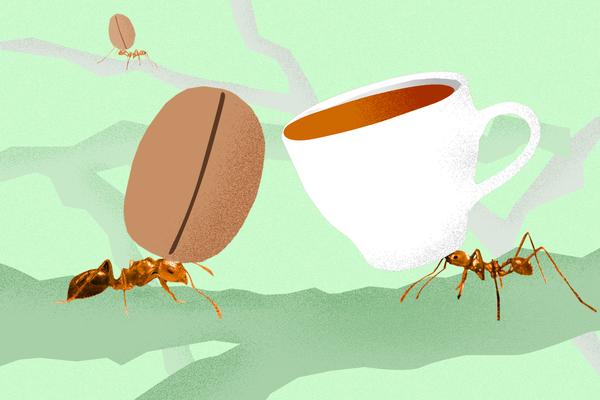
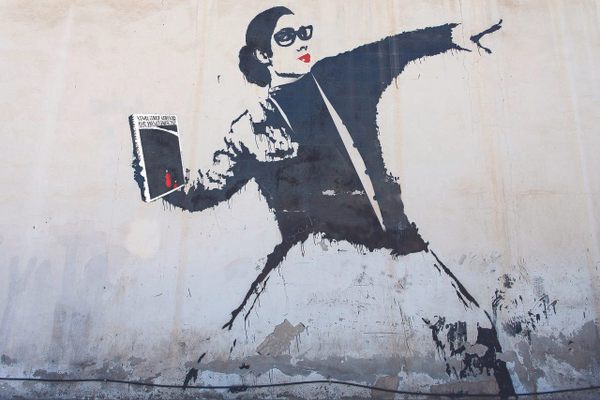
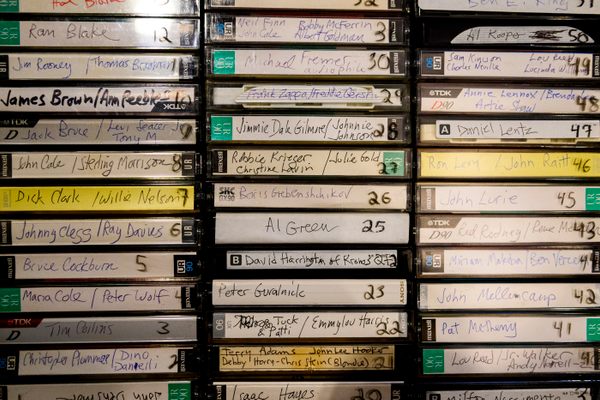





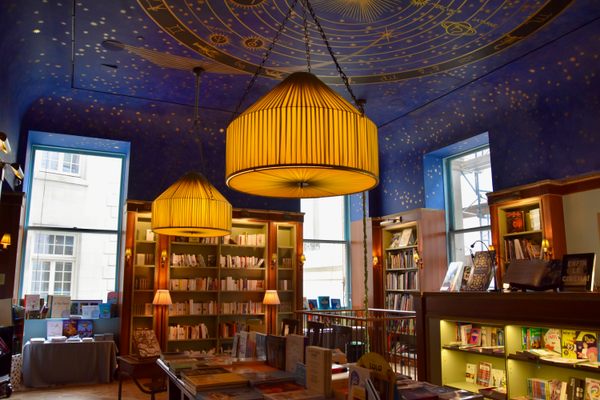







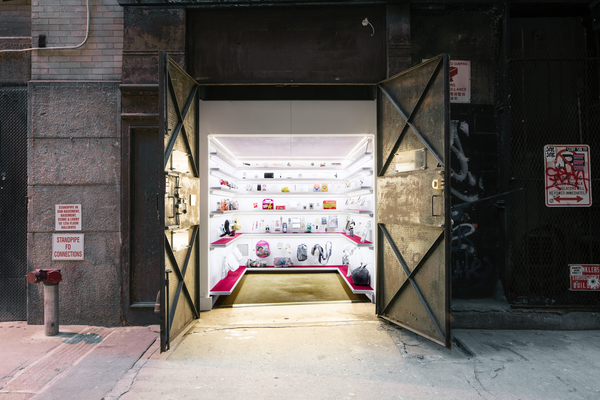















Follow us on Twitter to get the latest on the world's hidden wonders.
Like us on Facebook to get the latest on the world's hidden wonders.
Follow us on Twitter Like us on Facebook